Keiichiro Muramatsu
17 syllables – Echoes of Stillness
Hamamatsu-city, Japan
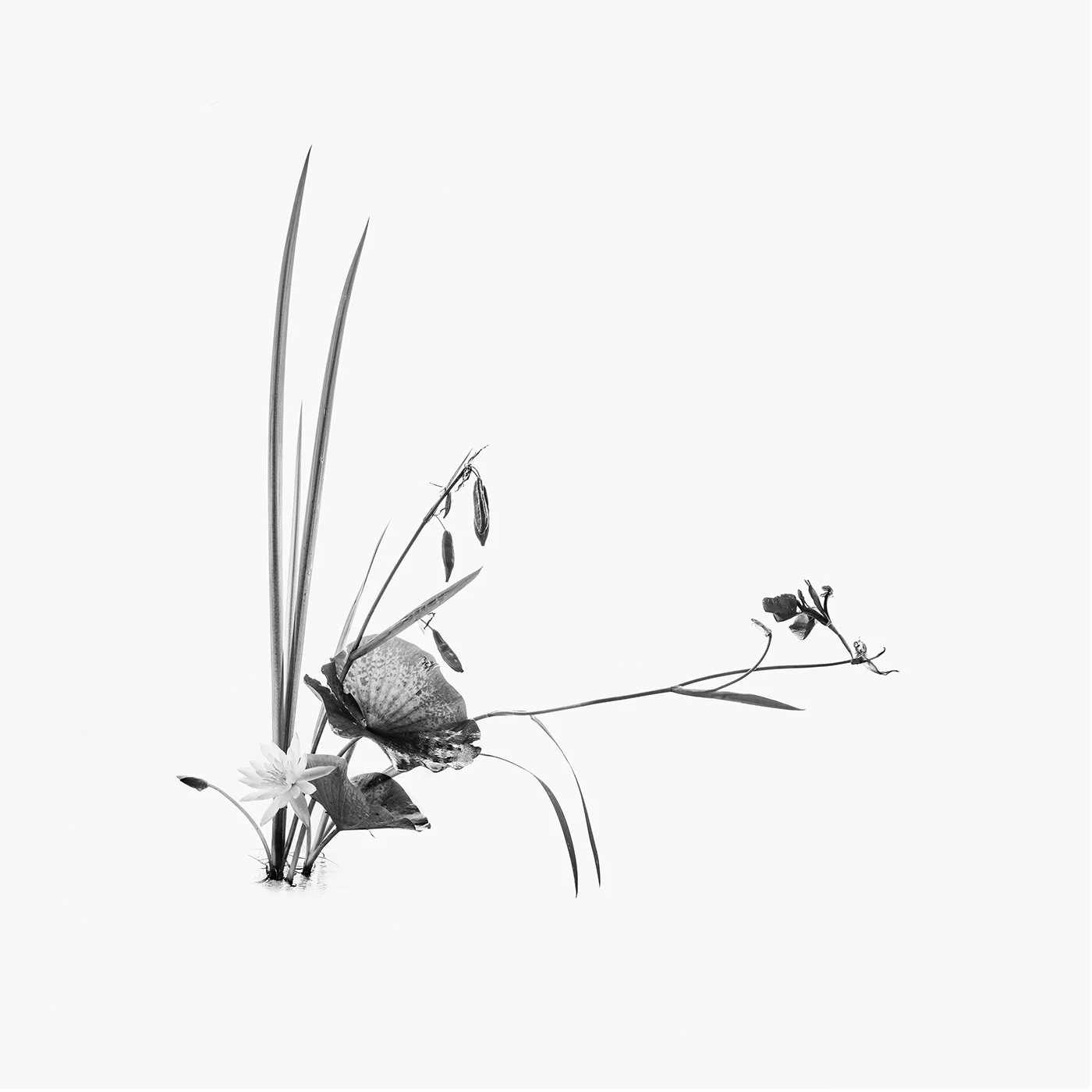
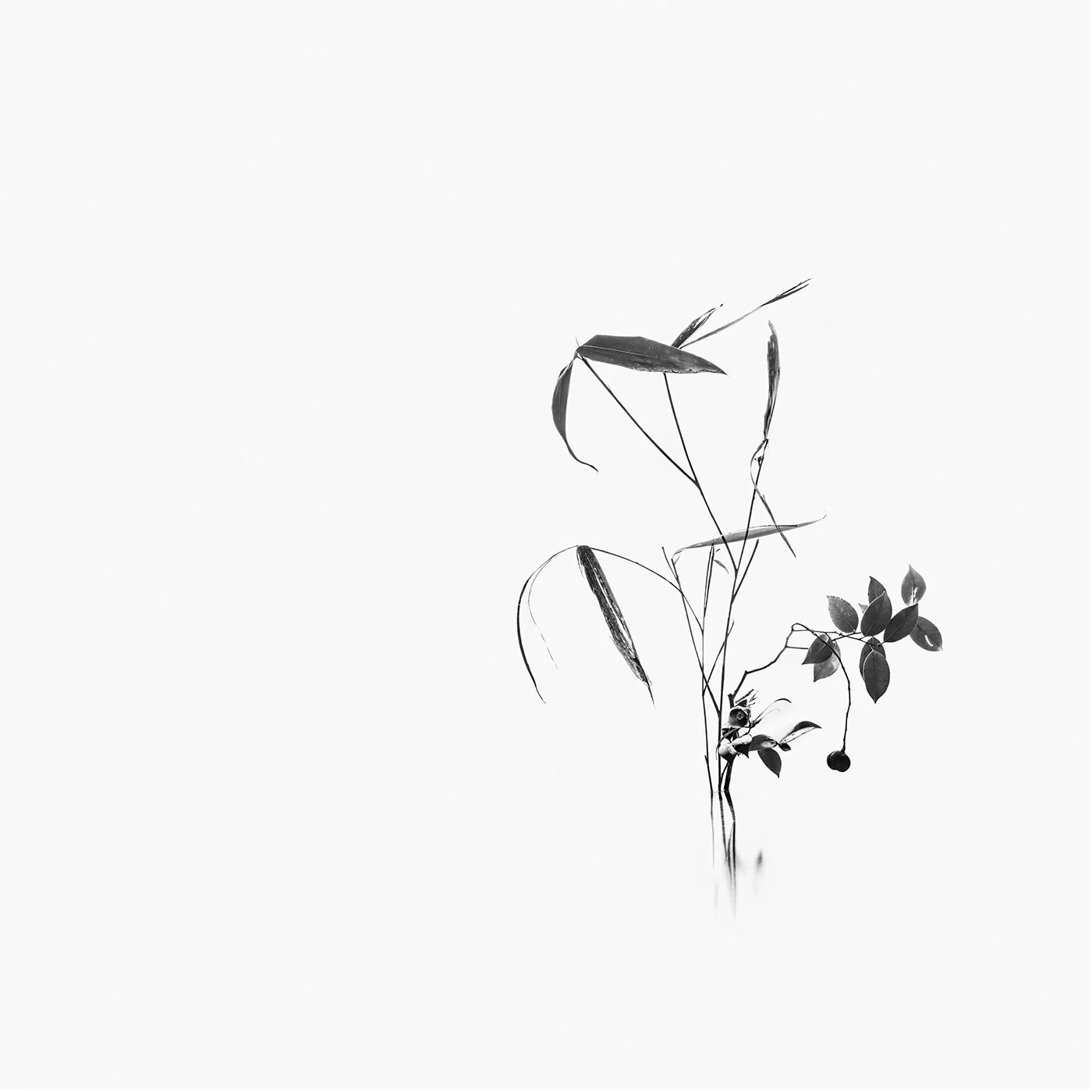
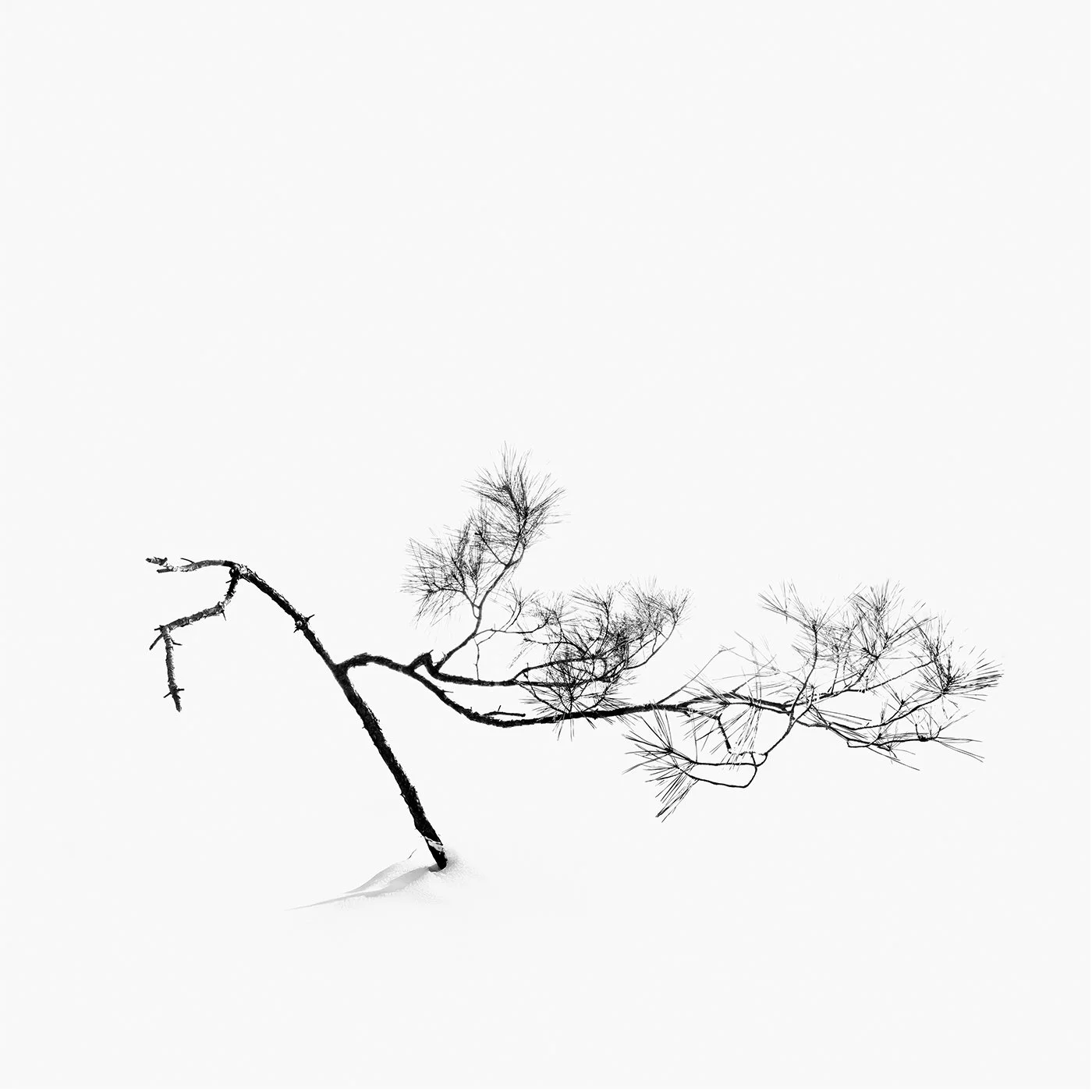
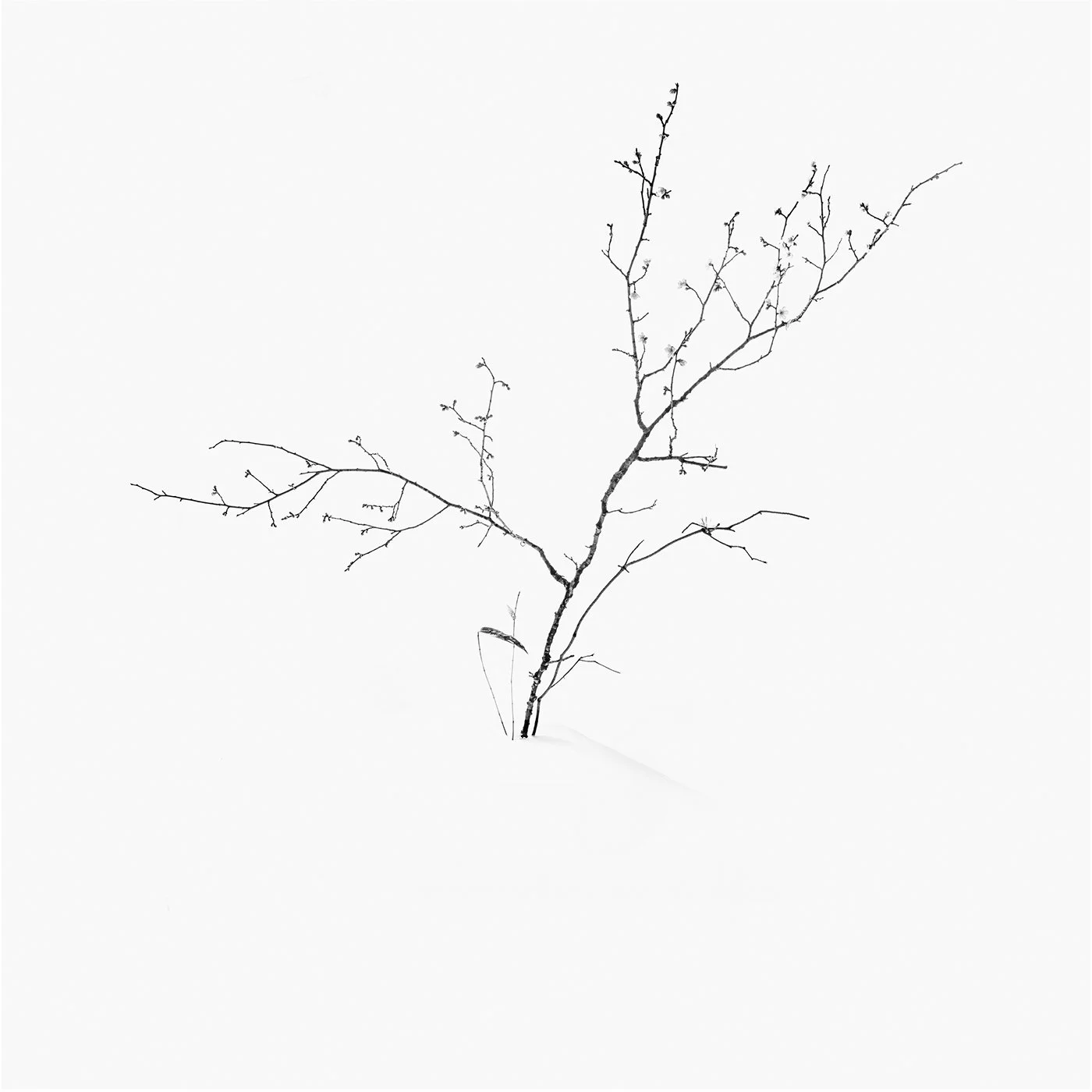
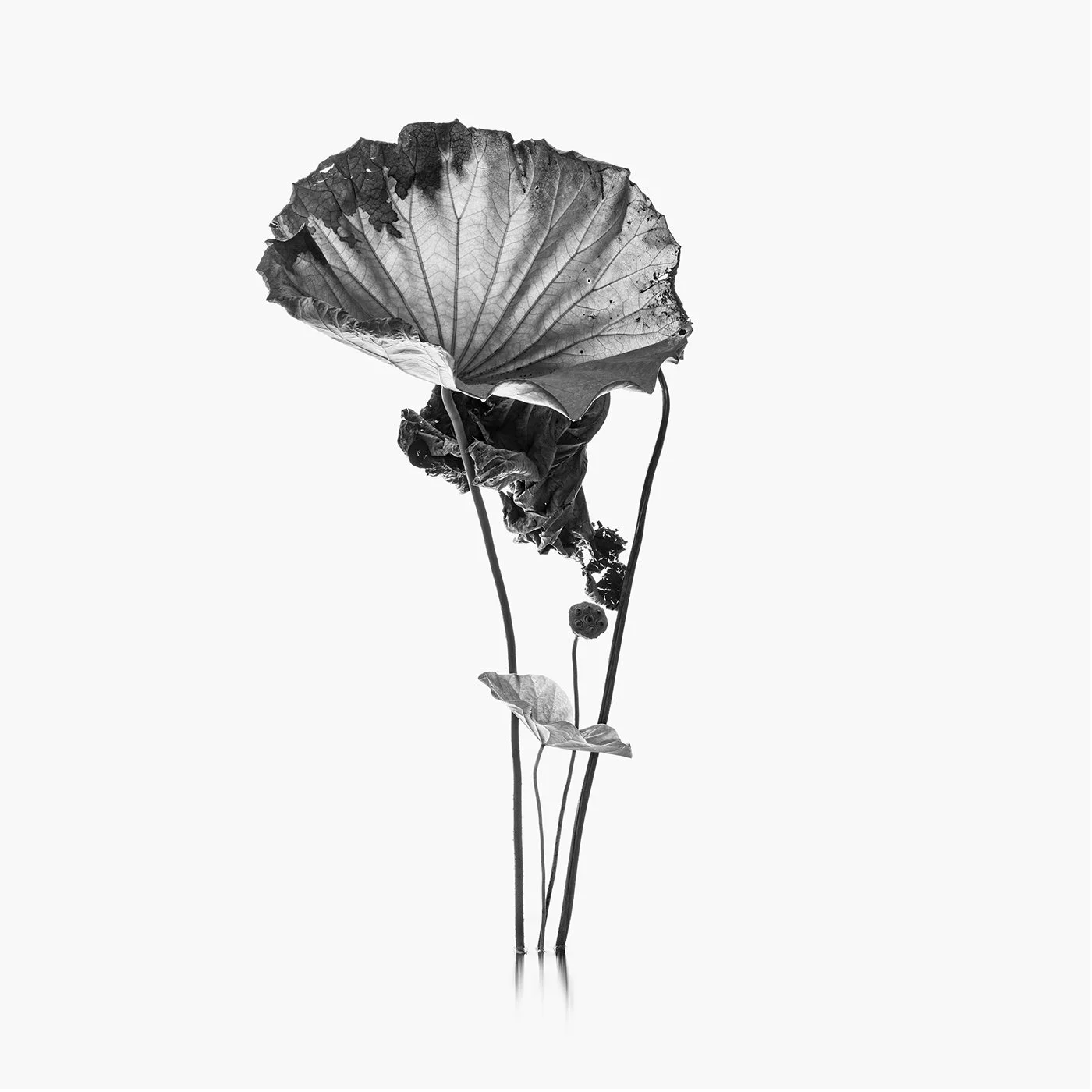
-
"An old pond;
A frog jumps in—
The sound of water." (1686)This haiku (translated by R.H. Blyth) is one of the representative works from the later years of Matsuo Bashō (1644–1694) and has profoundly influenced my artistic approach.
Bashō’s later haiku transcend mere depictions of nature; they seek to unify the external reality of the world with the inner landscape of the mind. With only a few elements—including sound—he layers different dimensions: stillness and movement, sight and sound, distant and close perspectives, and a panoramic view. Through this technique, he seamlessly merges the "external reality" with "inner contemplation." As a result, movement exists within stillness, and tranquility can be found within motion—creating a sensation where time and space intertwine.
One of the essential techniques in haiku is "kire" (cutting). "Kire" interrupts the flow of the verse, creating "ma"(marge), which resonates within the reader’s inner world. For instance, Bashō’s haiku does not merely describe "a frog jumping into an old pond and making a sound." Instead, it evokes the scene of the old pond within the reader’s mind through the sound of the frog’s leap.
My creative process echoes the structure of this haiku. I begin my work by selecting and arranging flowers. A flower, chosen from nature, carries its own silent poetry. As I compose the arrangement, I remain conscious of the interplay of time and space—where yin and yang, past and present, converge.
In this series, I explore ways to express the essence of haiku through photography. I discovered that the boundary between flowers and water (or snow and ice) can serve as a "kire" within the visual composition. Furthermore, by utilizing backlighting, I create white spaces that evoke the presence of water surfaces, snow, or icy landscapes. These visual elements—minimalist landscapes, fleeting moments, and the poetic presence of flowers—resonate with the viewer’s inner world.
Just as a haiku encapsulates a vast world within its 17 syllables, my work is not merely a visual representation but an invitation to dialogue with the viewer. The artwork itself is only a starting point—its expansion happens within the viewer’s mind. In an uncertain and chaotic era, I hope my work provides a space where people, regardless of nationality or culture, can quietly reflect and find meaning.
-
39 x 39 inches, Archival Inkjet Print on Washi Paper, 12 x 12 inches, Silver Gelatin Print from Digital Negative
